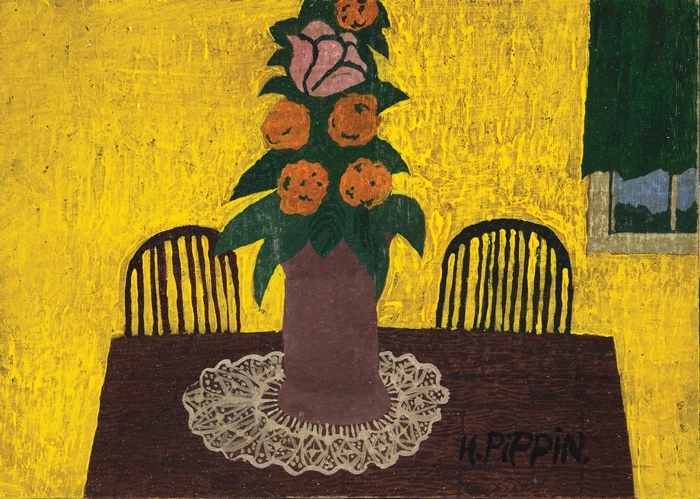You can’t write about plants for very long without hitting a cultural speed bump. I’ve hit many along the way. Most recently, I was writing about Monotropa uniflora popping up like creatures from the abyss in the woods. It was listed in our database as Indian pipe and I sent an email to our Plant Records Archivist that set off a quick cascade of decisions resulting in the official common name being changed to Ghost pipe.
I have many examples of moments when we had to pan out and disrupt the status quo. And it’s not just about plant names, it’s the words we use to talk about plants and the stories and perspectives we use to see them.
Every spring when the Franklinia alatamaha blooms, I am tempted to push the easy button and tell the story about John Bartram who went slogging through the southern swamps and brought the last remaining Franklinia from the brink of extinction back to his Garden in Philly. Every single Franklinia we have today is a descendant of that one specimen saved by this well known colonial figure, and he named it after his esteemed friend Ben Franklin. After stewing in all of these colonial references, I finally stuck my head above the dusty, beige fog and questioned why we keep telling THIS story? Do we know how anyone else interacted with this tree? Don’t get me wrong, Ben Franklin is a dandy old chap (or maybe a chapped old dandy?) I love me some Ben Franklin. But let’s take a minute to pan out and consider the possible existence of other narratives. Can we put an ear to the ground and listen for some muted voices? And how about WE (me, white person) disappear from the picture completely and deconstruct MY perspective altogether? Let’s exist in an invisible room and just listen for a minute. How can you include erased voices and images if you don’t hear and see them?
Whenever we depart from the expected mainstream narrative, we often brace for pushback that usually comes in the form of comments that range from “I’m boycotting you” to “go woke go broke.”
Further evidence that this country has so much healing to do and a public garden (as well as the collective Gardenshpere) has just as much responsibility to participate in the healing as any other cultural organization. And we have a duty to figure out how to disrupt narratives that erase these “other” voices and forge ahead with compassion and inclusion. You can’t tell stories or interpret history without moving this narrative of systemic oppression front and center. Even when you’re talking plants. Plants are not exempt.

BRANDYWINE RIVER MUSEUM OF ART, in CHADDS FORD, PENNSYLVANIA, MUSEUM PURCHASE, 2003.
Words and names carry a legacy of meaning that can potentially do so much harm. And we have a responsibility to confront the racism hidden in language. We recently were writing about Horace Pippin, an artist whose work also led him to preserve the culinary culture of the African diaspora through seed saving. He saved the seeds of several heirloom peppers that are around today (and pretty popular too!) and carry with them the story of the African diaspora. One of the pepper varieties he saved picked up the cultivar name ‘Buena Mulata’.
Red flag. Do we need to put some context around this?
It was apparently a name of a baby food label on the jar the seeds were stored in. The name stuck and still I don’t see any interpretation next to the listing of these seeds in any place they are sold. I read an explanation somewhere that translated the name to mean “happy little girl” but buena does not mean happy. This is an opportunity to bring to light how we perpetuate racism that is literally carried forward in the seed of a name attached to an old jar of baby food.
There are countless restaurants, hotels, alcohol brands, businesses, and bands with that word in their name. So why does it matter if we just roll with it since it is the common name given to this seed? Do the majority of people even know the history of the word which may be conflicted, but has generally been condemned as offensive since the 1800s? Whether you change the name or not, you send up a flag that says Hey, this needs to be put through the filter again. And even that simple act of critical thought can send out little shockwaves that make those few people who see the flagpole think that not all the names we use and the stories we tell can be passively accepted. Some come with red flags.
It is our job as keepers of culture to spark these conversations, because silence is complicity. So speak up! But, be thoughtful with your words. And when we tell plant stories, let’s stick in a little seed of mindful complexity to make sure we’re speaking from a multitude of voices.
A little further reading on the subject:
Potentially Problematic Plant Names by Jaime Frye, Public Garden, The Journal of the American Public Garden Association, Vol 37, Issue 3, 2022
Share your maniacal garden comments